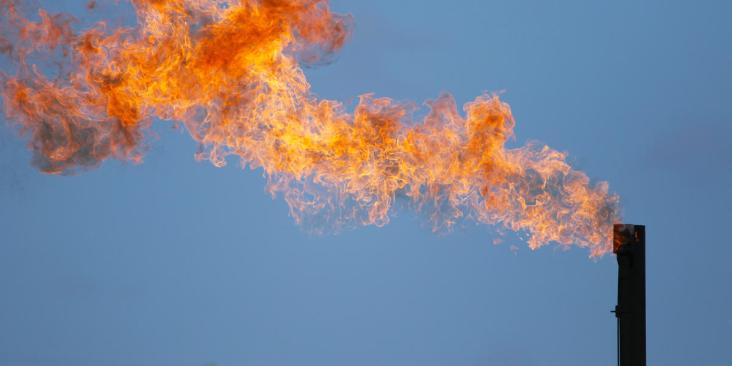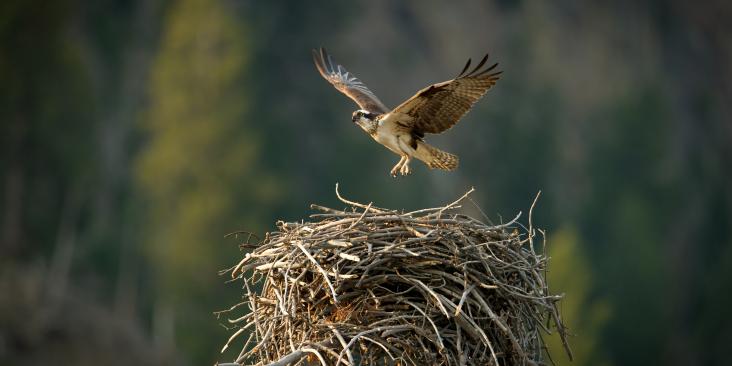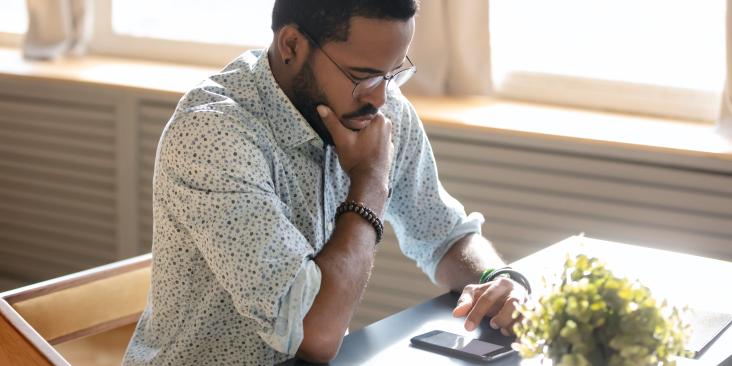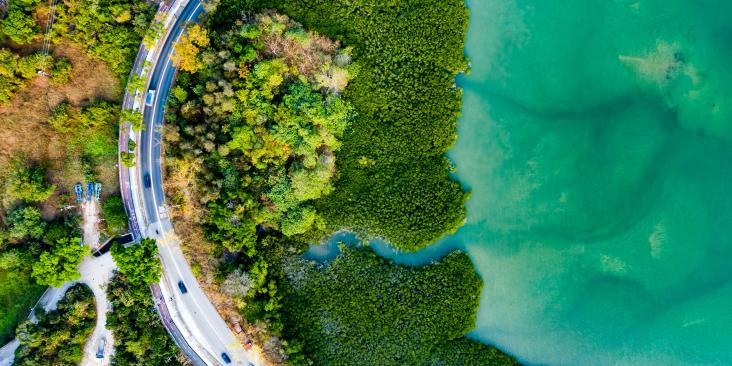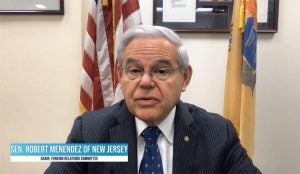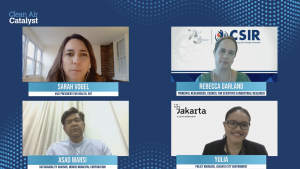By: Greg Slater, data analyst
Air pollution varies dramatically across London, which means not all schoolchildren have the same start in life.
Using a powerful new dataset, we found that pollution is significantly higher at primary schools with more students from deprived areas, as well as at schools with a higher proportion of students of Black, Asian and Minority Ethnic (BAME) background. With vehicles a major contributor, pollution is also unsurprisingly elevated closest to the cities’ main roads.
Damaging health
Nitrogen oxides (NOx) pollution is a toxic chemical cocktail that includes nitrogen dioxide (NO2). Road transport – especially diesel vehicles – is a major source of NOx, which can inflame airways and aggravate existing heart and lung conditions.
In fact, recent research shows living near busy roads in London, where NOx pollution is high, may stunt lung growth in children by 12.5%.
Stark inequity
New modelled data produced by Cambridge Environmental Research Consultants as part of the the Breathe London pilot project has allowed us to look at the estimated level of NOx pollution at every London state primary school in 2019.
Our analysis reveals that air pollution does not affect all schoolchildren equally, with children from deprived neighbourhoods exposed to more pollution. When examining the deprivation level (a measure that incorporates a broad range of living conditions, including income, health and access to resources), we found that average NOx levels at schools with pupils attending from the most deprived areas were 27% higher than those at schools with pupils attending from the least deprived areas.

We also found that white students are exposed to less pollution at school. Using the modelled pollution data and census data to estimate the proportion of students of BAME background at each school, the results show that schools with the highest percentage of non-white pupils have average NOx levels that are 28% higher than schools with the lowest proportion of BAME students.

Pollution from road transport
By looking at the rise and fall of schools’ NOx levels over the course of a day, we see that pollution peaks around 7-9 am. The chart below also depicts how much is coming from distinct sources, revealing that about 50% of the pollution comes from vehicles during these morning hours. This is when children are typically traveling to school and more likely to be exposed to pollution.

We also found that pollution is on average 25% higher at schools within 100 metres of London’s ‘Red Routes’ – with the bulk of local pollution again coming from road transport. Red Routes are the city’s major roads, managed by Transport for London on behalf of the Mayor of London.

The number of children studying near these roads varies significantly across London. For example, 20% of primary schools in Wandsworth are near a Red Route compared to 8% for an average London borough.
It’s clear that not all children currently have an equal chance at a healthy future – with deprived and BAME children breathing in significantly more pollution at their primary school. Measures that cut pollution from vehicles and reduce exposure, especially along the Red Routes, are essential to address this inequity and protect young lungs.
Cambridge Environmental Research Consultants produced the NOx pollution dataset as part of the Breathe London pilot project.
EDF Europe provided a data analysis on air pollution at London primary schools to the London Assembly for its February 2021 report.


